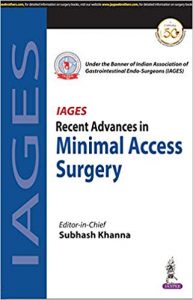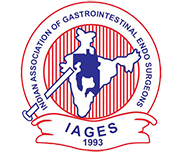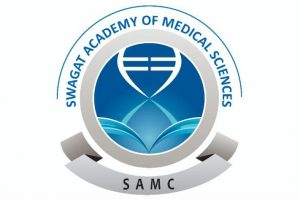About RAMAS
Journal
Buy
From Amazon And Flipkart
Contact
info@recentadvances.org
Preface
 Over the past two decades the field of “Minimal Access Surgery” has made continual progress across the globe in an ever increasing fashion, both in the appearance of newer approaches to well established surgical techniques and the emergence of new technologies to further reduce injury to human physiology and anatomy during an endosurgical procedure. The practical amalgamation of the above is an arduous and if not impossible task for the practicing surgeon who must critically appraise the flood of a seemingly endless deluse of published scientific evidence while carrying on his/her busy clinical routine. Yet, the clear imperative is for active clinicians to be able to access the latest emerging clinical evidence in a meaningful manner. With many thousands of surgeons currently actively performing minimal access surgery in extremely different settings, the need for updated clinical information that is relevant and responsible could not be greater.
Over the past two decades the field of “Minimal Access Surgery” has made continual progress across the globe in an ever increasing fashion, both in the appearance of newer approaches to well established surgical techniques and the emergence of new technologies to further reduce injury to human physiology and anatomy during an endosurgical procedure. The practical amalgamation of the above is an arduous and if not impossible task for the practicing surgeon who must critically appraise the flood of a seemingly endless deluse of published scientific evidence while carrying on his/her busy clinical routine. Yet, the clear imperative is for active clinicians to be able to access the latest emerging clinical evidence in a meaningful manner. With many thousands of surgeons currently actively performing minimal access surgery in extremely different settings, the need for updated clinical information that is relevant and responsible could not be greater.
Recognizing this, the Swagat Academy of Medical Sciences in association with Indian Association of Gastrointestinal Endo-Surgeons (IAGES) has taken up the initiative of providing a rapidly updated clinical resource—The Recent Advances in Minimal Access Surgery.
The first edition aims to provide a topical and practical surgical manual on various emerging and new clinical scenarios and arenas. This being the first edition, emphasis is also laid on new approach to basic sciences. Although in the first article I have given an overview of the progress in the field of endoscopic bariatric surgery, the articles by Rahul Gupta, Daniel Jones and by Jack Jakimowicz covers all the important aspects of the current and future emerging trends in training surgeons. Whereas Sanoop Koshy Zachariah and Venkatesh articles revisit the basics and throw light on current perspective of endoscopic vision and safe access, the other authors cover the most recent trends in colorectal, bariatric and solid organ surgery. Finally the book concludes with a very thought provoking and a must read article by Promod Kohli on medicolegal issues related to these emerging techniques.
I hope the readers will find this book a very valuable resource material for their clinical practice.



